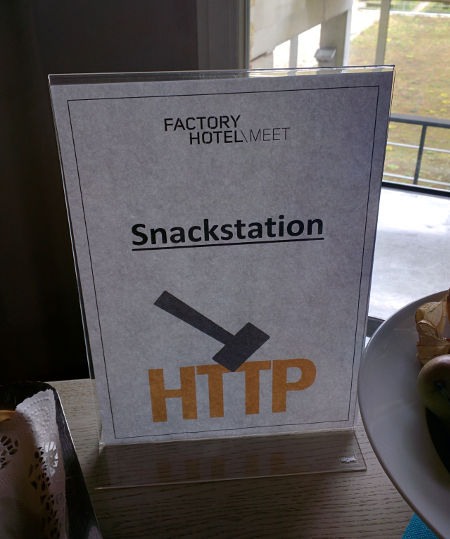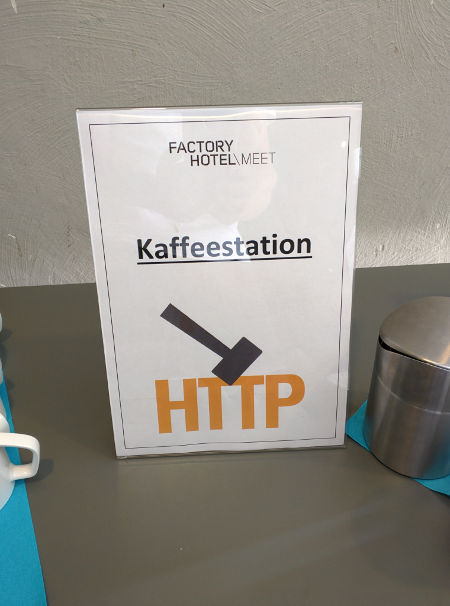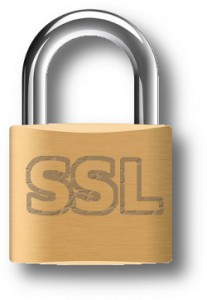I’ve been running a keylogger on my main Linux box for exactly one year now. The keylogger logs every key-press – its scan code together with a time stamp. This now allows me to do some analyses and statistics of what a year worth of using a keyboard means.
This keyboard being logged is attached to my primary work machine as well as it being my primary spare time code input device. Sometimes I travel and sometimes I take time-off (so called vacation) and then I usually carry my laptop with me instead which I don’t log and which uses a different keyboard layout anyway so merging a log from such a different machine would probably skew the results a bit too much.

What did I learn?
A full year of use meant 6.76 million keys were pressed. I’ve used the keyboard 8.4% on weekends. I used the keyboard at least once on 298 days during the year.
When I’m active, I average on 2186 keys pressed per hour (active meaning that at least one key was pressed during that hour), but the most fierce keyboard-bashing I’ve done during a whole hour was when I recorded 8842 key-presses on June 9th 2015 between 23:00 and 24:00! That day was actually also the most active single day during the year with 63757 keys used.
In total, I was active on the keyboard 35% of the time (looking at active hours). 35% of the time equals about 59 hours per week, on average. I logged 19% keyboard active minutes, minutes in which I hit at least one key. I’m pretty amazed by that number as it equals almost 32 hours a week with really active keyboard action.
Zooming in and looking at single minutes, the most active minute occurred 15:48 on November 10th 2014 when I managed to hit 405 keys. Average minutes when I am active I type 65 keys/minute.
Looking at usage distribution over week days: Tuesday is my most active day with 19.7% of all keys. Followed by Thursday (19.1%), Monday (18.7%), Wednesday (17.4%) and Friday (16.6%). I already mentioned weekends, and I use the keyboard 4.8% on Sundays and a mere 3.6% on Saturdays.
Separating the time-stamps over the hours of the day, the winning hour is quite surprising the 23-00 hour with 11.9% followed by the more expected 09-10 (10.0%), 10-11 and 14-15. Counting the most active minutes over the day shows an even more interesting table. All the top 10 most active minutes are between 23-00!
The most commonly pressed keys are: space (10%) and backspace (6.5%) followed by e, t, a, s, left control, i, cursor down, o, cursor up, n, r. 29 keys were pressed more than 1% of the times. 30 keys were pressed less than 0.01%. I used 99 different keys over the year (I believe my keyboard has 105 keys).
Never pressed keys? All 6 of the never touched keys are in the numpad: 2, 3, 5, 6, 9 and the comma/del key.
I’ll let the keylogger run and see what else I’ll learn over time…






 I really and truly want to offer HTTPS (only) for all my sites. I and my friends run a whole busload of sites on the same physical machine and IP address (www.haxx.se, daniel.haxx.se, curl.haxx.se, c-ares.haxx.se, cool.haxx.se, libssh2.org and many more) so I would like a solution that works for all of them.
I really and truly want to offer HTTPS (only) for all my sites. I and my friends run a whole busload of sites on the same physical machine and IP address (www.haxx.se, daniel.haxx.se, curl.haxx.se, c-ares.haxx.se, cool.haxx.se, libssh2.org and many more) so I would like a solution that works for all of them.
